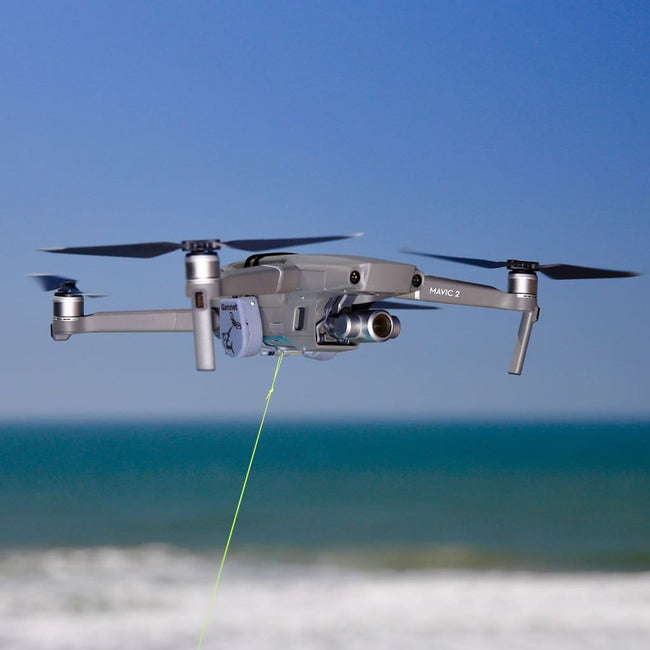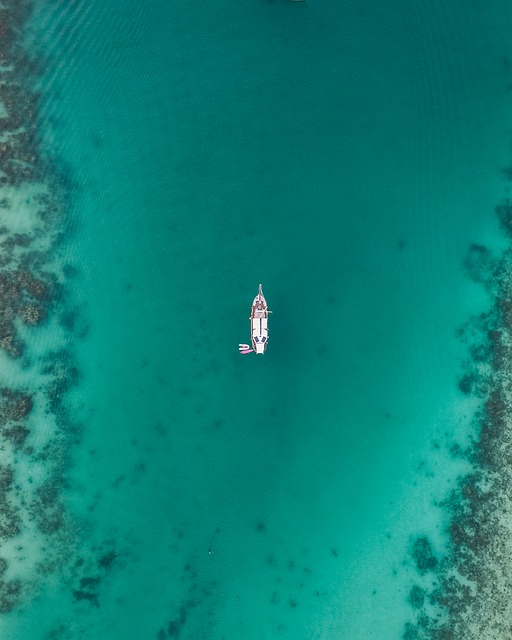
New Zealand has a new style of fishing: drone fishing. This exciting new technique uses the latest in drone technology. It opens up a new world of fishing options. Drone Fishing NZ, a top retailer, offers the DJI and Splash drones for purchase. Splash drones can be purchased, as well custom-built fishing equipment.
Aerokontiki Drones
Sharkan's Fishhawk drone captures better images of what you are doing. The drone's stabilized camera can shoot 12-megapixel photos at 30 frames per second and 4k UHD video at 12MP. You can view the videos from your smartphone. This drone has a flight time of up to 23 minutes, a spare battery, and a good transmission range.
Mobula
Mobula drones are specifically designed to fly in the water. It is buoyant and IP56-rated. This means that it can withstand wind speeds up to 20 knots. It also comes with safety features like automatic return to the home, automatic payload delivery, and 3 release mechanisms. In addition, you'll never have to worry about losing your drone because it will return to the water automatically if its battery runs out.
Banks'
Fishing drones have become a hugely popular trend that has attracted the attention of both anglers as well as sports enthusiasts. The downside to using a drone is its potential hazards. First, drones are not safe for fishing in too deep water. Another problem occurs when a drone crashes at the same place twice. This can make it difficult to trust the information from the video.

SplashDrone 4
For the ultimate in water sports and recreational use, Swellpro has created the waterproof SplashDrone 4 drone with a brand-new float platform. It can be used to fish and other water activities. The drone is made of corrosion-resistant materials as well industrial-grade ABS to withstand harsh conditions. Smooth+, the SplashDrone 4's unique flight control system, gives you complete control of the drone and helps to keep it stable in all conditions. Its advanced technology allows it to capture every angle and every moment from the sky.
Drone for fishermen
You're in for a treat if you're a New Zealand Fisherman drone fisherman. Drone fishing enthusiasts prize snappers as a highly sought-after species. They're also a treat to catch, as they're not only beautiful to look at, but also delicious! These fish can be found off the coasts of the North and South islands, and they often congregate in large numbers during springtime during their spawning season. These fish can also be caught during the summer months as they are abundant in the autumn.
Flying a drone
You should be aware of the following guidelines if you are planning to fly a drone in New Zealand for drone fishing. First, be aware of the law. It's against the law to fly a drone above any marine life or within 500m of a marine mammal. You'll also need to be mindful of your surroundings when flying your drone, as you don't want your expensive drone confiscated or damaged.
Payload of a drone
You can get a drone for fishing, but what you must be aware of is the payload. A drone must have enough payload to carry heavy fish and be able to fly for extended periods of time. If you plan on using your drone only for a few minutes, chances are you won't catch enough fish to make it worthwhile. The technology behind drone fishing in New Zealand has improved.

FAQ
Is it safe to drive while flying a drone?
It is risky to fly a drone while driving. You could end up in an accident with another vehicle. Additionally, you may hit pedestrians or animals. Additionally, hitting power lines, trees or buildings could cause damage to your car.
You can fly a drone as high as you like without a license.
The FAA has no limits on the maximum height a drone can fly. You will need to register your unmanned aircraft system (UAS), including the registration number and model name, weight, dimensions, serial number, manufacturer's number, date manufactured, and any other information.
What US states do drones are legal in?
You can legally operate a drone for hobby purposes. Federal Aviation Administration (FAA), has issued guidelines that allow you to use small unmanned aircraft systems (UASs). These UASs must be registered with the FAA before they can be flown. The FAA also allows commercial operators to fly these devices if certain conditions are met.
Statistics
- According to the multiple listing service (MLS), houses and apartments with drone photographs are up to 68 percent more likely to sell than those without pictures. (thedroneu.com)
- With the top 10% making over $100/h and the bottom 10% making as low as $10/h. (dronesgator.com)
- According to Indeed, a drone pilot gets paid $25.73 per hour on average in the US. (dronesgator.com)
External Links
How To
How to Fly Drones at a Beginning Level
A drone is a remote-controlled aircraft used for aerial photography, cinematography, surveillance, scientific research, and hobby purposes. Drones have been in use since World War II. DJI's Phantom series quadcopters were first commercially available in 2010. Many types of drones have been made available since then, from beginner-friendly models such as the Parrot AR Drone 2.0, to high-end multi-rotor craft such as the DJI Mavic Pro.
There are several ways to fly a drone, including;
-
Remote control - This allows you to control the drone from your hand. There are two main types, On/Off switches (like radios) and joysticks.
-
Manual Control- This allows you to control your drone remotely via GPS coordinates. Follow the instructions of the app to track the exact location you want the drone go.
-
Autonomous Flight – This is when the drone handles all the piloting tasks. It allows the drone to fly independently without any human intervention. For the autonomous flight to occur, the drone must have a built-in camera and sensors capable of capturing images and data.
-
Triggered Flight - This method is similar to manual control, except the pilot manually sets up a preprogrammed route, and the drone follows that route until it reaches the endpoint. After the program is complete, the drone automatically returns to the ground.
-
Landing Gear – A few drones come with landing gear. This allows them land safely in the event of losing power or running out of battery.
-
Goggles: Some pilots use goggles in order to protect themselves against debris when operating.
-
Camera - Certain drones come with cameras that allow you to take photos and videos from high above.
-
Obstacles: Some drones are equipped with obstacle avoidance systems to prevent them from hitting obstacles.
-
Speed – Some drones can reach speeds in excess of 40 mph.
-
Battery Life - Most drones last between 20 and 3 hours depending on how much power they have.
-
Distance - Some drones can travel up 30 miles depending on the model.
-
Power source: Some drones will require an external power source while others can be powered by internal batteries.
-
Weight - Some drones can be as light as 1 pound while others can reach 4 pounds.
-
Size - Drones range from small devices that fit in one's palm to large crafts that weigh more than 50 pounds.
-
Price - High-end drones can go for thousands of dollars, while low-cost models start at $100.